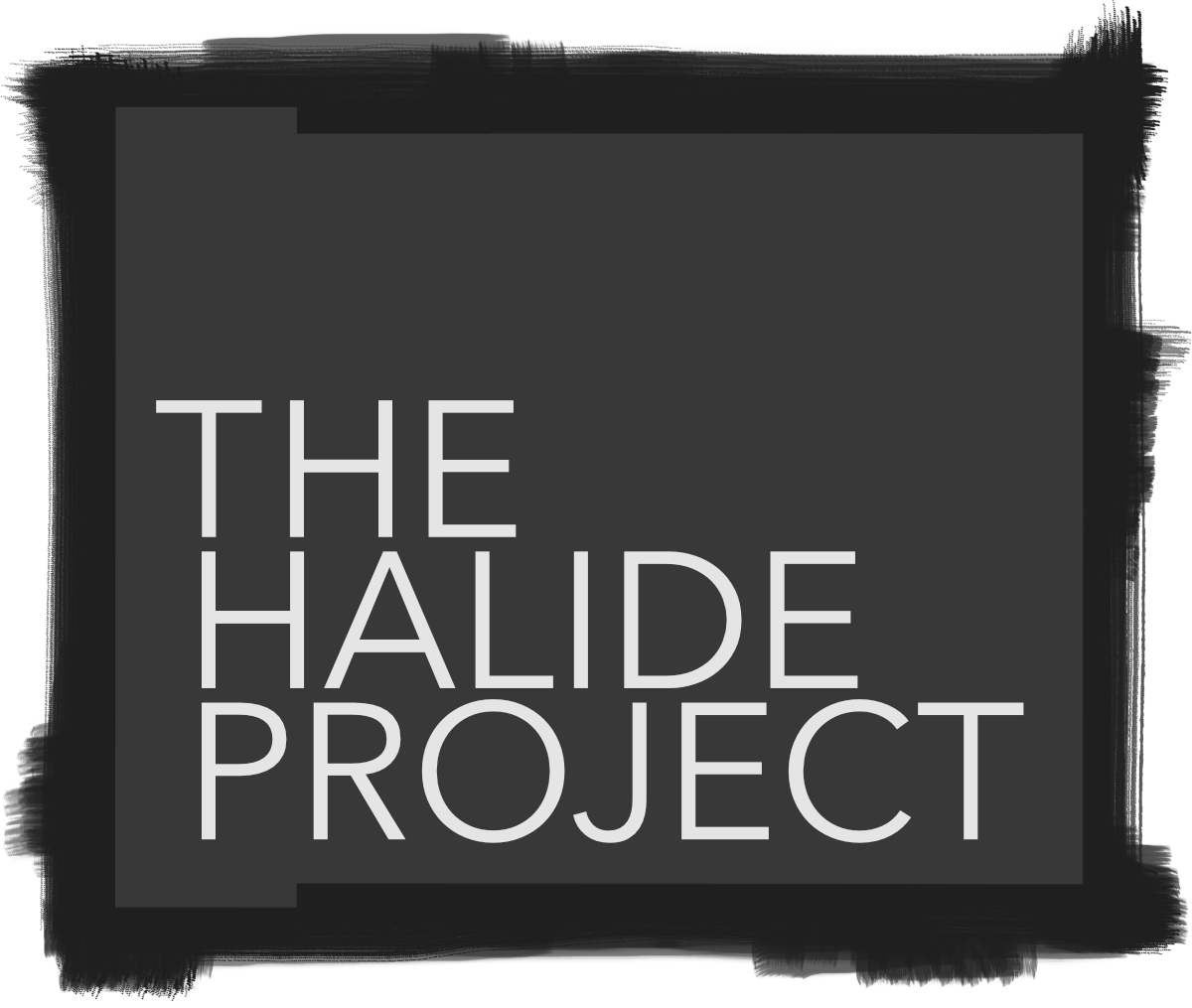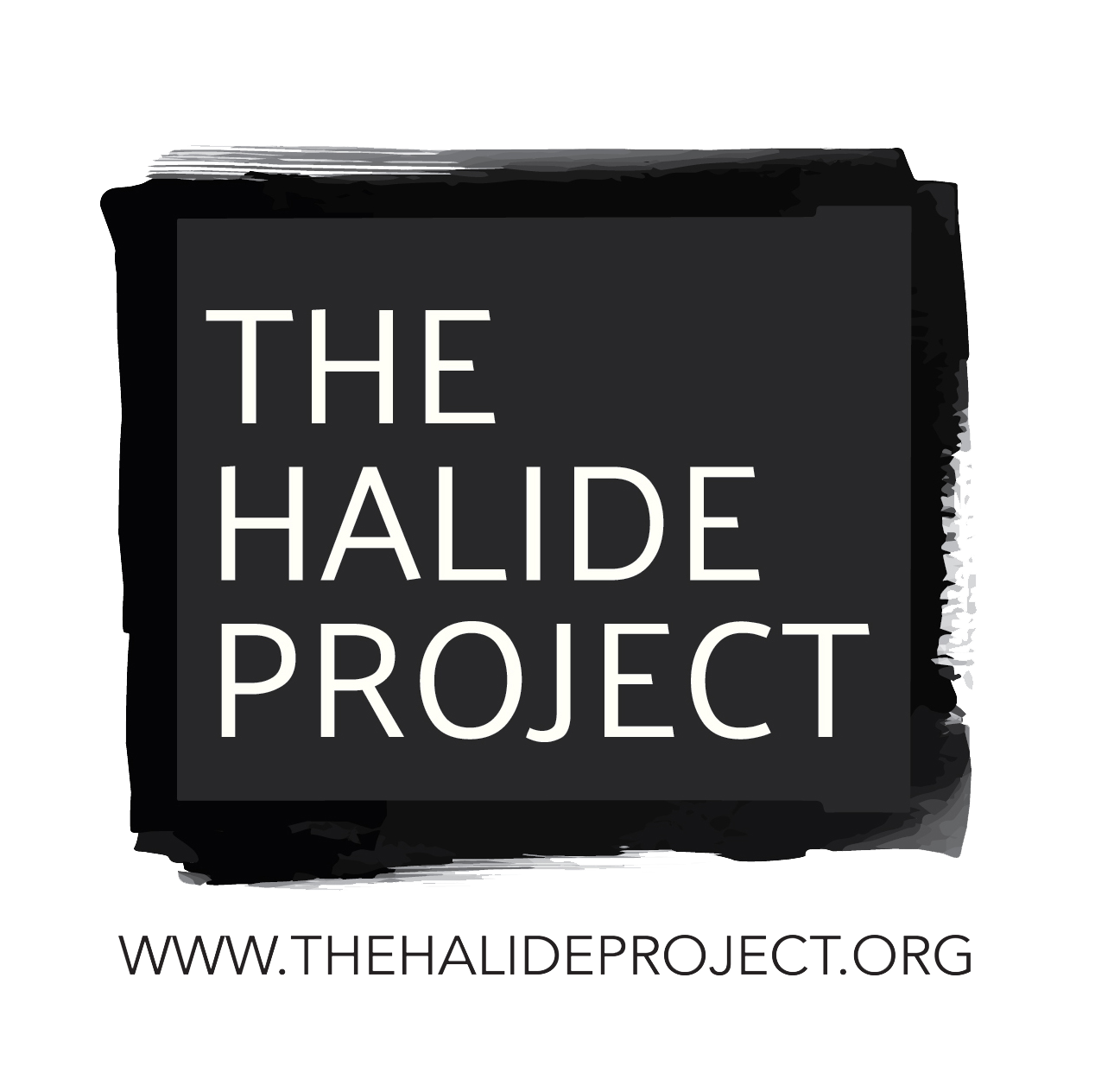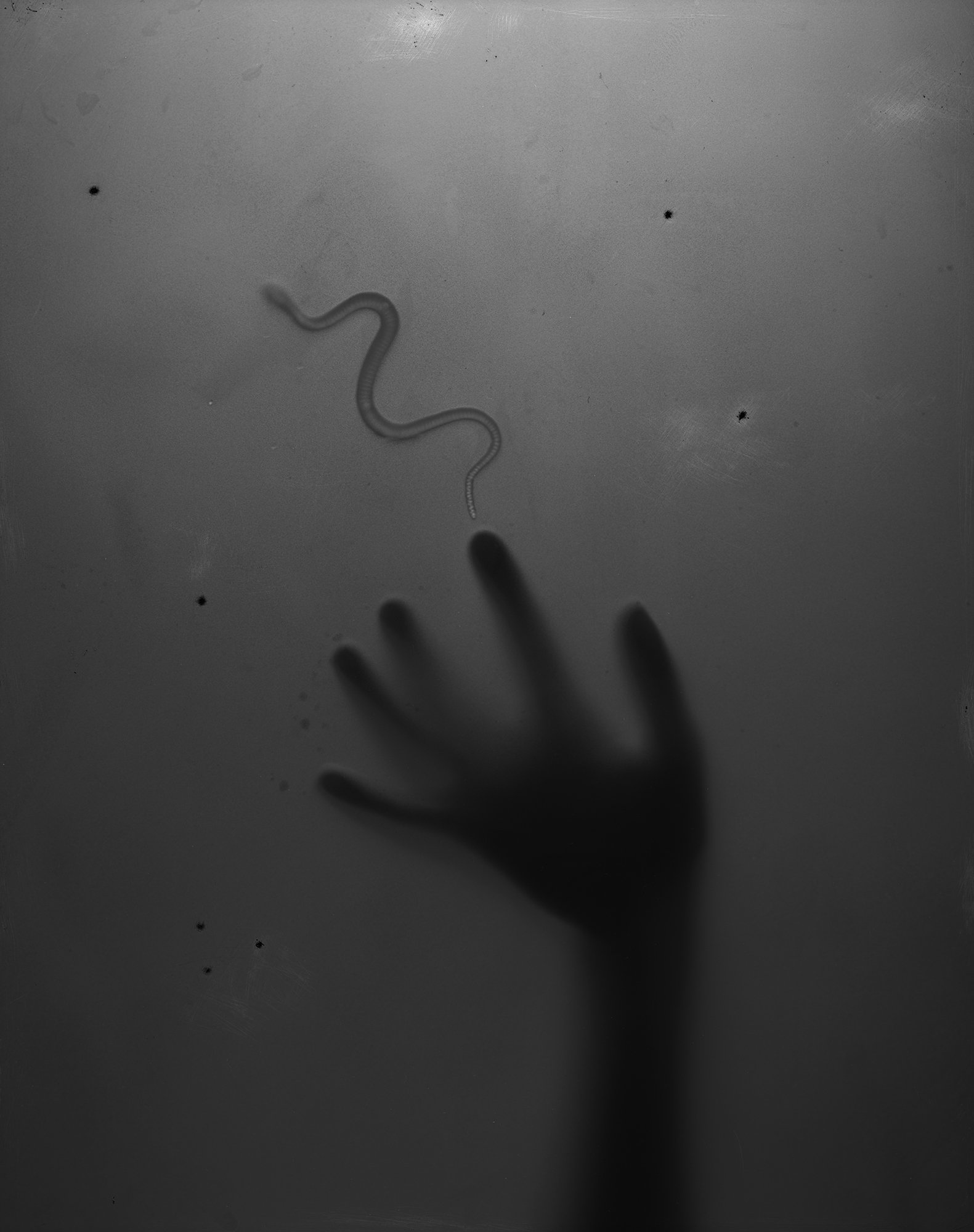Second Nature (2018)
Second Nature (2018)
Since the inception of photography, nature has provided a wellspring of inspiration for image-makers. From artists to scientists, people have used photography to examine the natural world, with the boundaries of the literal and figurative often blurring. Anna Atkins’ 1843 algae studies using the cyanotype process – reproduced in the first book illustrated photographically – provide an early example of how scientific photographs can transcend their intended purpose and enter the realm of the sublime.
It is this sense of the sublime that many artists seek to capture and express when photographing nature. The images they create provide a glimpse into something beyond what is visible to the casual observer; an alternative vision of the natural world.
The three photographers included in Second Nature employ unique practices that allow them to transform common, natural forms into otherworldly images, decontextualizing their subject matter and reassembling it in new and provocative ways. Their images touch upon on issues such as nostalgia, a sense of self, and man’s relationship with the natural world, all within the context of photographic history and the relevance of traditional practices.
Drawing upon childhood experiences with a physical disability that left her unable to walk as a toddler, Barbara J. Dombach celebrates the mysteries revealed in specimens from the natural world in her Spiritus series. Responding intuitively to each specimen, Barbara makes her selections mindfully, recognizing that as in her youth, “each step I take in my life now must be a well-chosen one.” The imperfections and sense of spirit contained within each object she photographs mirror Barbara’s perception of herself; the sum of a lifetime of experiences.
In creating tintype photograms, Barbara has chosen a process known for its serendipity and unrepeatability, as well as a method of image creation that allows for “subject depth and echo of abstractness.”
Scott McMahon and Ahmed Salvador challenge the very definition of photography (“drawing with light”) by utilizing techniques that push the boundaries of traditional photographic materials. In doing so, they provide commentary not only on the technical aspects of photography, but the role photography plays in human experience and collective memory.
In their early experiments capturing the bioluminescence of fireflies on 4x5 chrome film, Scott and Ahmed simultaneously acknowledge a nostalgia for both an individual and a collective past, pay homage to the camera-less images from early photo history, and create dioramas of “something invisible, except in memories.”
In the more recent Letters project, the two mail each other film and photographic paper – sometimes pre-exposing them or subjecting them to purposeful light leaks – exposing the light sensitive materials along their journey. By pushing these factory-created objects to the “end of their silver tether,” Scott and Ahmed create images that represent a “vestige of the first 150 years of traditional photography’s innovating grasping, but not gasping, for relevance.”
In her Small Animals series, Amanda Tinker selects everyday objects from her family garden, children’s books, and vintage identification guides and photographs them behind large, glass panels. These carefully constructed ecosystems represent a fantasy world created solely for human observation, in which “nature’s small beauties” inspire contemplation and inspiration.
The ground glass in the back of Amanda’s 8x10 view camera serves as a projection screen for her interest in both nature and photographic history. In contrast to early landscape photography, where the grand was transformed into the diminutive, thus providing an intimate interaction for viewers, Small Animals “reflects a more ambivalent, if not estranged, experience of the natural world.”
Dale Rio
The Halide Project






















